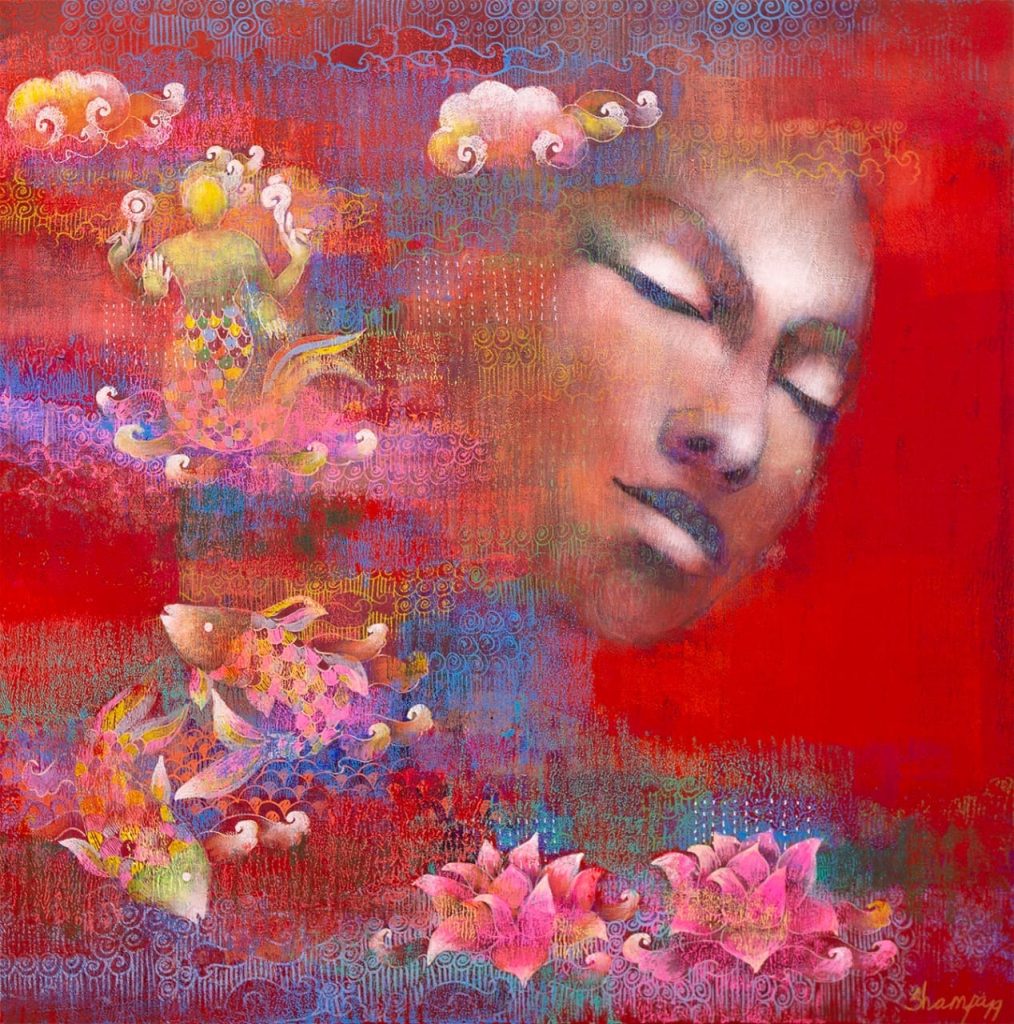Ved Prakash Bhardwaj
Prabhakar Kolte’s solo exhibition opens at the Nehru Center in London on 11 April. In this exhibition, Kolte has come in front of the audience with a picture poem in a way.
For a poet, poetry is not only in the words but also in the space between the words, in the same way, for a painter, the picture can be in the space between the colours and shapes on the canvas. For an abstract painter, the picture is always different from colours and shapes. According to Prabhakar Kolte, painting is not what you see on the canvas painting is always in the eyes of a painter. Kolte’s solo exhibition opened on 11 April 23 at the Nehru Center in London, organised by the Treasure Art Gallery, Delhi. The title of this exhibition is ‘Discovered Poetry’. The script of a painting is colour and shape while the script of a poem is language. The way of expression is also different in both, but both are the medium of expression of thoughts and feelings. That is why sometimes a painting is also called a story or a poem. Prabhakar Kolte’s Abstract paintings are like Modern poetry which is free of rhyme, and hence, holds the potential for infinite expansion of meaning, just like any poem.
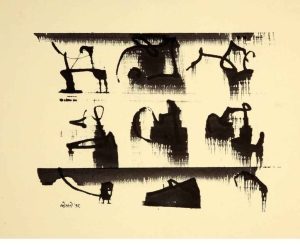
Kolte’s Abstract paintings, which give a distinct identity to Abstraction in Contemporary Indian art, do not present any clear reference to us. He also says that by seeing the picture one should experience it. To experience a painting by looking at it is to reach beyond the surface to a meaning that can be experienced not only by the painter but also by the viewer. In their form, Kolte’s paintings invite life’s experiences to be seen beyond their language like poetry. Layers of many colours are like a group of words. Just as a poem cannot be understood in terms of one of its words, similarly, Kolte’s paintings can be understood not in terms of a single colour, but in terms of the relation of colours.
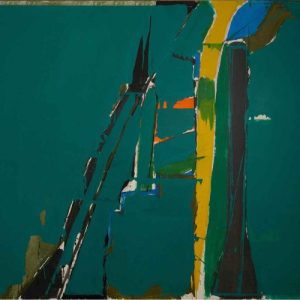
A painting is a sight that is most important to be seen. We have the meaning of the words that appear before us in the poem, but this is not the case with Kolte’s abstract paintings because they do not have a shape that can be linked to a context to reach their meaning. Kolte has also been associated with poetry, so it is not surprising that the texture of his paintings is like a Modern poem. Looking at his paintings one often remembers the poems of Gajanan Madhav Muktibodh. The images in Muktibodh’s poetry take him away from the meaning of the words and make him mysterious. The same happens with Kolte. What unfolds on the canvas in his paintings is like a mystery. To understand that mystery, the viewer has to try from his side because the artist has not given any formula. The way words work as formulas in poetry, nothing like that is found here in Kolte. That’s why his picture poetry looks more mysterious.
Kolte often uses geometric shapes in his paintings, but they are often incomplete like a poet leaving a line of poetry unfinished. Just as an unfinished line establishes an infinity of meaning in a poem, Kolte at times leaves possibilities open to the viewer through lines and incomplete geometric shapes.
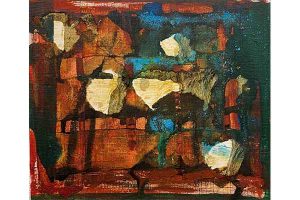
Kolte once told this writer that an artist must have a reason for applying any colour. It should not happen that any colour is applied but there is no reason for it. They believe, that it is not just important how many colours to apply, and where to apply them, but it is also important to know where the colour should be left. Looking at Kolte’s paintings, at first sight, it is not clear why any colour has been used, but when we look at the whole painting and try to understand the relation of those colours, that is, the sociality of colours like the relation of words in poetry. The whole painting unfolds like the meaning of a poem.
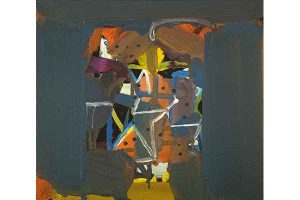
Kolte works in several layers on the canvas. He applies layers of several colours one after the other which are of lighter tones. Finally, he covers a large part of the canvas with one dark colour, but in such a way that the other colours peek through from behind the last layer. In this type of picture structure, sometimes there is an impression of the structure of a city, and sometimes it seems that there is a dream of the night, which is being remembered in pieces and not completely. This composition of the picture turns into a theatrical impression.



